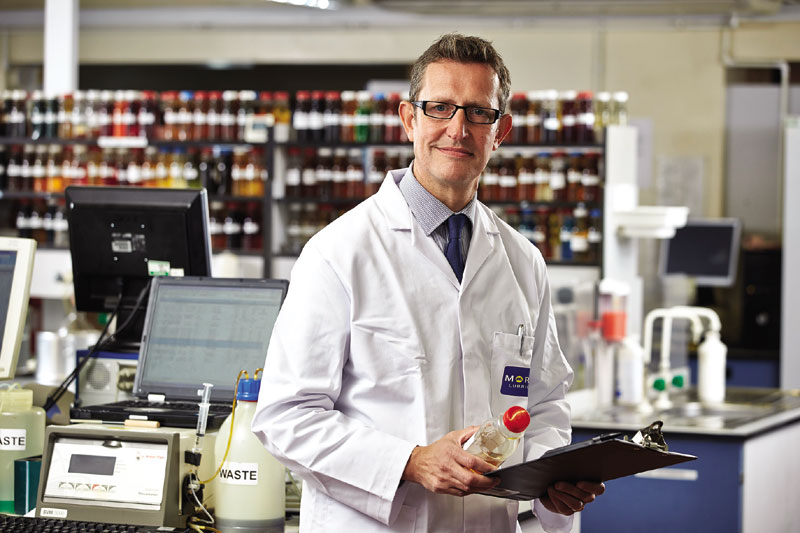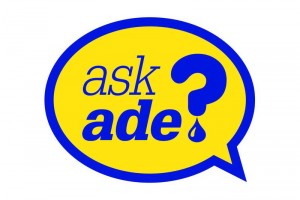
With almost 30 years’ experience in the oil and lubricants industry, Morris Lubricants’ Automotive Product Manager Adrian Hill is perfectly placed to provide his expert insight and analysis.
 My vehicle has been filled with substandard oil. Should a premium product be used as a top-up, or will the existing oil negate the impact? – MATTHEW BALL
My vehicle has been filled with substandard oil. Should a premium product be used as a top-up, or will the existing oil negate the impact? – MATTHEW BALL
ADE’S ANSWER: Oils of different performance levels should never be mixed. If you’ve got something in an engine which is below par, you’re never going to top it up to a level which is acceptable. Topping up with a better product will temporarily give you enough volume of product in an engine to keep you moving. But the oil should be completely drained at the first opportunity and replenished with a product at the performance level recommended by the OEM.
If I have a car with a modern after-treatment device fitted, such as a DPF, is there any harm in topping up between service intervals with a product which may not be suitable for that after-treatment device? – MATTHEW SIMMONS
ADE: If a vehicle is fitted with an after-treatment device topping up with a product not suitable during its service life will impair the performance of the lubricant that is in there and potentially have a detrimental effect on the performance of that particular after-treatment device. For example, if you have a lubricant which is designed with the correct level of ash, so as to not block DPFs and allow them to regenerate effectively during the service life, and you add to that a product which has a higher level of ash than required, that ash will start to accumulate in the DPF.
When will Euro 6 lubricants come into effect and how much more stringent are the emission regulations going to be with them in comparison to Euro 5 lubricants? – KEV DAVIES
ADE: Lubricants designed for Euro 6 compliant engines are already in the market place and have been for the best part of two years. There are stricter after-treatment device controls in Euro 6 engines compared to Euro 5 engines. It’s about reducing particulate matter and reducing levels of NOx gases even further. There is a jump in the severity of treating the exhaust gases from Euro 5 to
Euro 6, but the technology has been tried and tested and lubricant technology is available, contributing to after-treatment efficiency and longevity.









